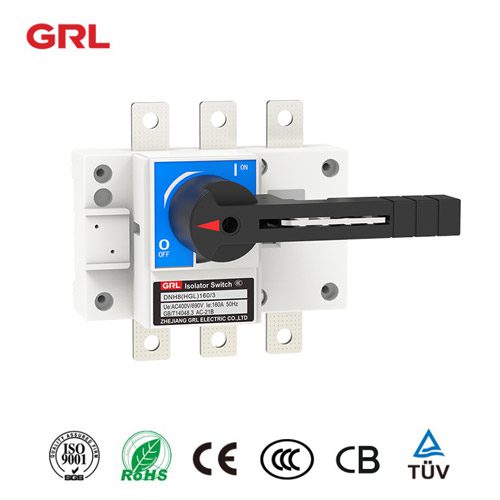
# Load Break Disconnector: Essential Equipment for Electrical Safety
Keyword: Load Break Disconnector
## Understanding the Load Break Disconnector
A Load Break Disconnector (LBD) is a crucial component in electrical distribution systems, designed to safely interrupt and isolate electrical circuits under load conditions. This specialized equipment combines the functions of a disconnector and a circuit breaker, providing both isolation and load-breaking capabilities in a single device.
## Key Features and Benefits
### 1. Enhanced Safety
Load Break Disconnectors provide a visible break in the circuit, ensuring complete isolation during maintenance or repair work. This feature significantly reduces the risk of electrical accidents for maintenance personnel.
### 2. Reliable Operation
These devices are engineered to handle normal load currents and can safely interrupt these currents when required. Their robust construction ensures reliable performance even in demanding electrical environments.
### 3. Space Efficiency
By combining isolation and load-breaking functions, LBDs offer a compact solution that saves valuable space in electrical installations compared to using separate disconnectors and circuit breakers.
## Applications in Electrical Systems
Load Break Disconnectors find widespread use in various electrical applications:
– Medium voltage distribution networks
– Industrial power systems
– Renewable energy installations
– Transformer protection circuits
– Motor control centers
## Technical Specifications
Modern Load Break Disconnectors typically feature:
– Voltage ratings from 1kV to 36kV
– Current ratings up to 1250A
– Short-circuit withstand capacity
– Various operating mechanisms (manual, motorized)
– Environmental protection ratings (IP classifications)
## Maintenance Considerations
Proper maintenance of Load Break Disconnectors is essential for ensuring long-term reliability:
– Regular visual inspections for signs of wear or damage
– Periodic lubrication of moving parts
– Verification of contact resistance
– Functional testing of operating mechanisms
– Cleaning of insulating surfaces
## Choosing the Right Load Break Disconnector
When selecting an LBD for your application, consider these factors:
– System voltage and current requirements
– Environmental conditions (indoor/outdoor, temperature, humidity)
– Required safety certifications
– Ease of operation and maintenance
– Compatibility with existing equipment
## Future Developments
The Load Break Disconnector technology continues to evolve with:
– Smart monitoring capabilities
– Remote operation features
– Improved materials for longer service life
– Enhanced safety mechanisms
– Integration with digital control systems
As electrical systems become more complex and safety requirements more stringent, the Load Break Disconnector remains an indispensable component for ensuring reliable and safe power distribution.